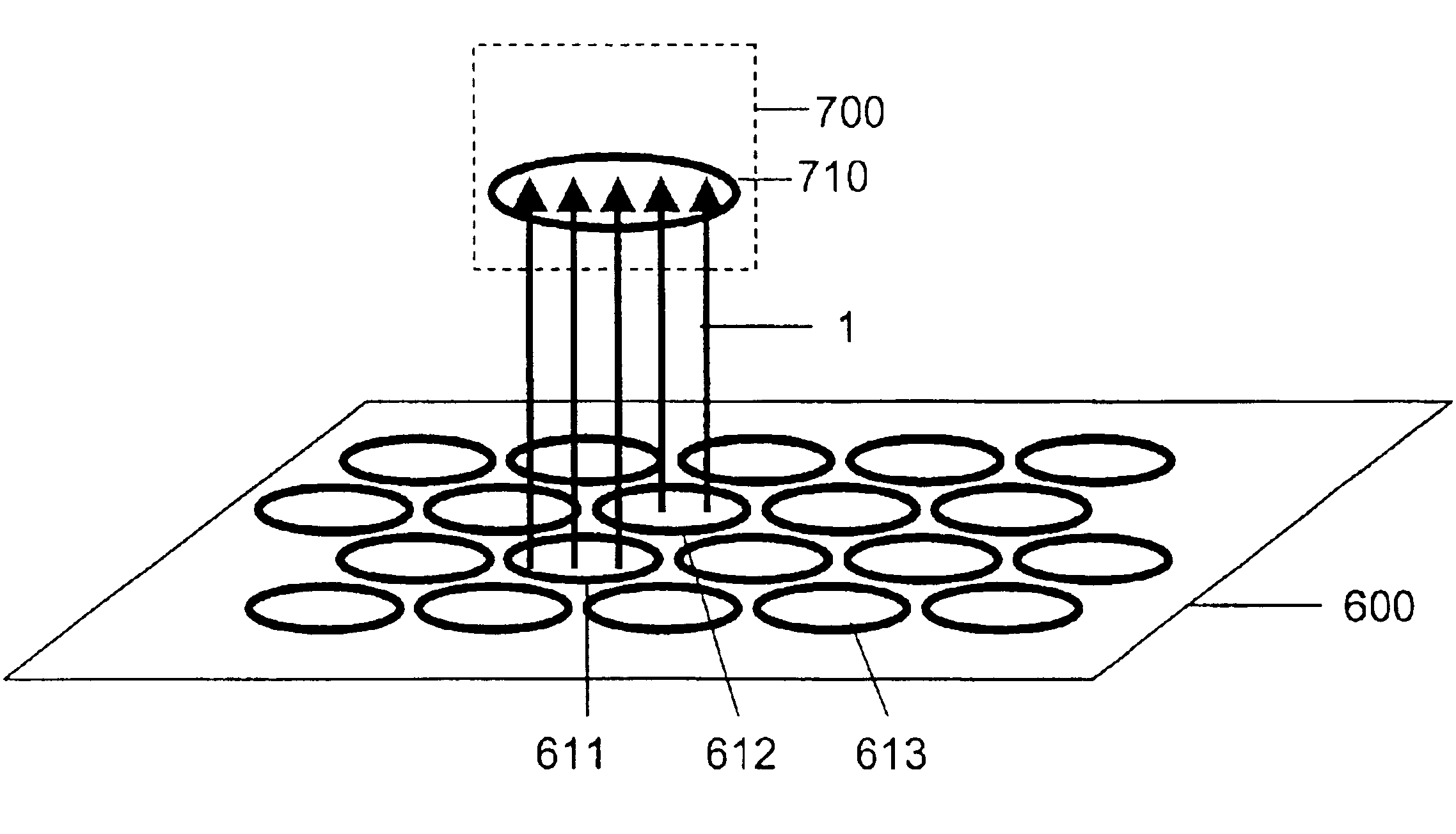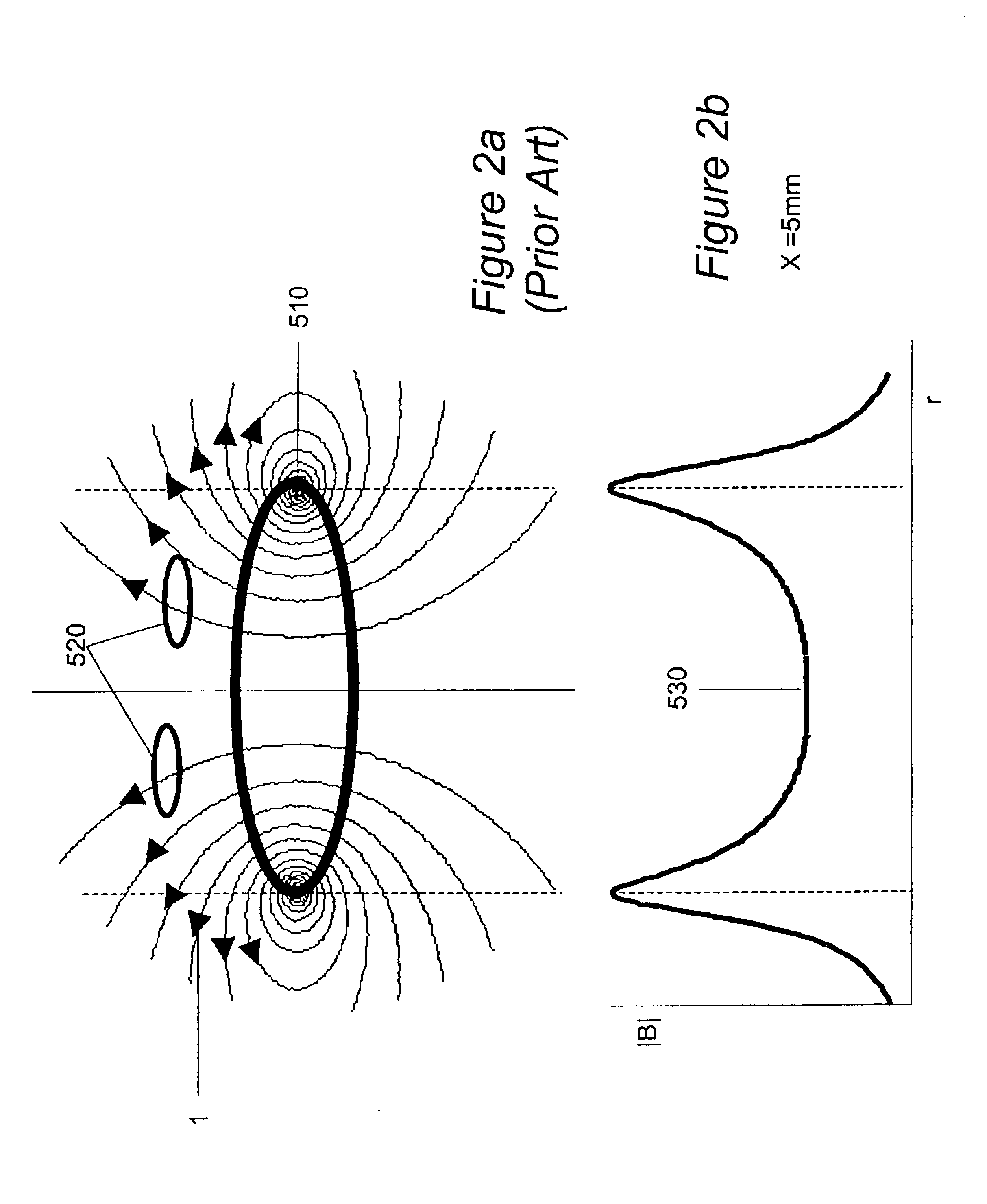Contact-less power transfer
a technology of contact-less power transfer and power transfer core, which is applied in the direction of secondary cell servicing/maintenance, transformer/inductance magnetic core, electrochemical generator, etc., can solve the problems of saving the user the cost and inconvenience of regularly having to purchase new cells, the device becomes useless, and the loss of important data stored locally in the devi
- Summary
- Abstract
- Description
- Claims
- Application Information
AI Technical Summary
Benefits of technology
Problems solved by technology
Method used
Image
Examples
Embodiment Construction
[0193]Referring firstly to FIGS. 1a and 1b, there is shown two examples of prior art contact-less power transfer systems which both require accurate alignment of a primary unit and a secondary device. This embodiment is typically used in toothbrush or mobile phone chargers.
[0194]FIG. 1a shows a primary magnetic unit 100 and a secondary magnetic unit 200. On the primary side, a coil 110 is wound around a magnetic core 120 such as ferrite. Similarly, the secondary side consists of a coil 210 wound around another magnetic core 220. In operation, an alternating current flows in to the primary coil 110 and generates lines of flux 1. When a secondary magnetic unit 200 is placed such that it is axially aligned with the primary magnetic unit 100, the flux 1 will couple from the primary into the secondary, inducing a voltage across the secondary coil 210.
[0195]FIG. 1b shows a split transformer. The primary magnetic unit 300 consists of a U-shaped core 320 with a coil 310 wound around it. Whe...
PUM
 Login to View More
Login to View More Abstract
Description
Claims
Application Information
 Login to View More
Login to View More - R&D
- Intellectual Property
- Life Sciences
- Materials
- Tech Scout
- Unparalleled Data Quality
- Higher Quality Content
- 60% Fewer Hallucinations
Browse by: Latest US Patents, China's latest patents, Technical Efficacy Thesaurus, Application Domain, Technology Topic, Popular Technical Reports.
© 2025 PatSnap. All rights reserved.Legal|Privacy policy|Modern Slavery Act Transparency Statement|Sitemap|About US| Contact US: help@patsnap.com



